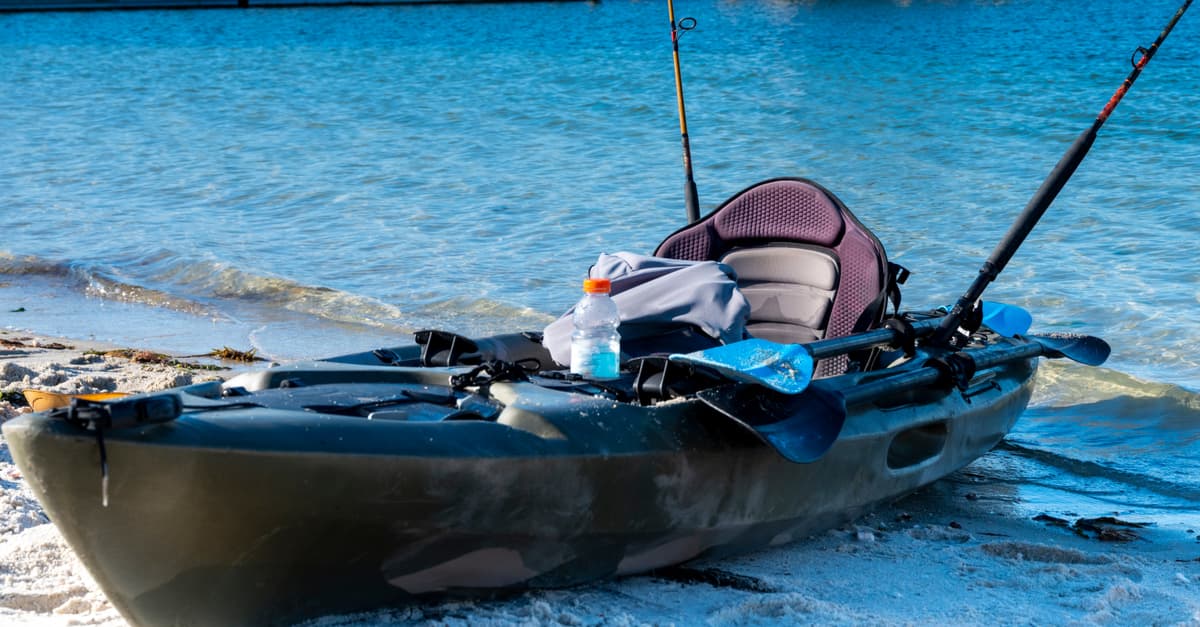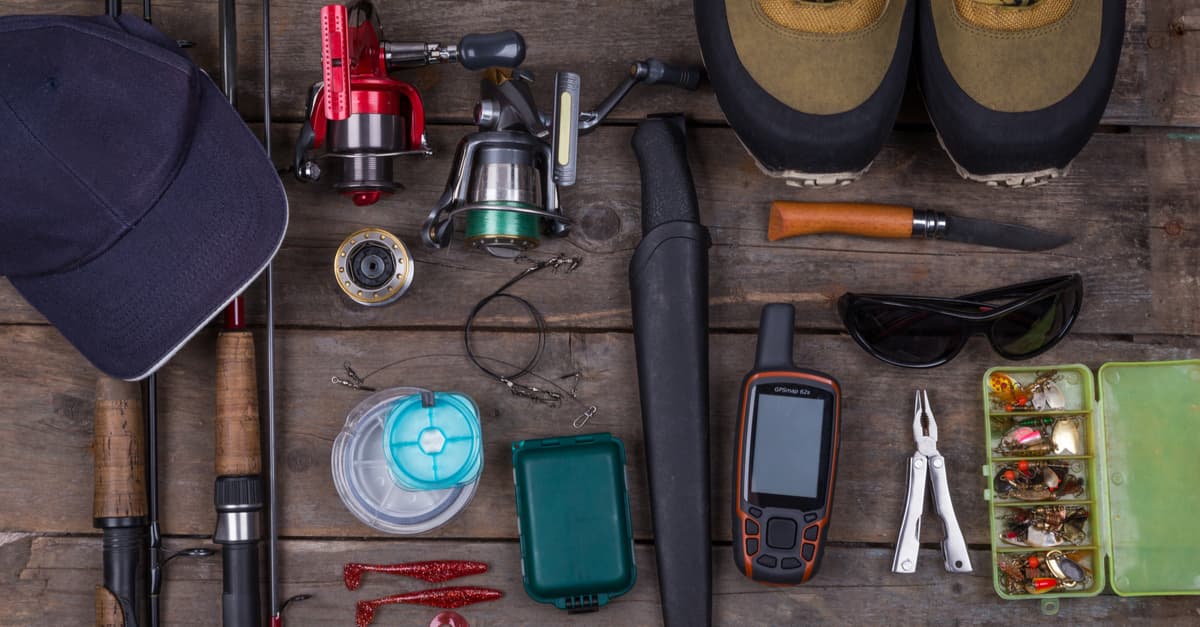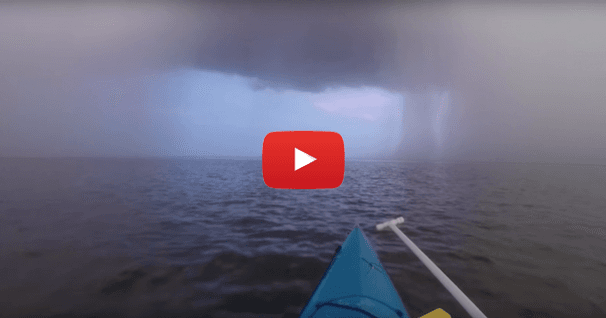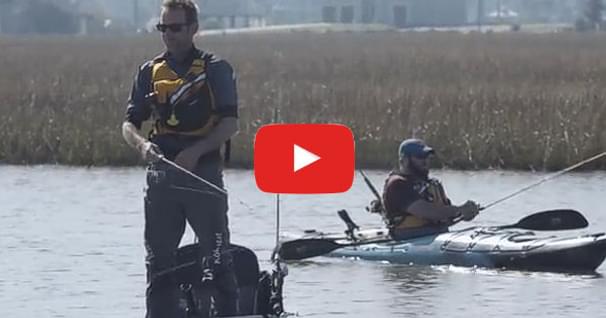Protecting Your Kayak Fishing Gear

Kayak fishing gear can be quite the investment. So, we might as well do the smart thing and perform some preventative maintenance on our gear. We'll start in the obvious place.
The Kayak
Clean the Machine
After most outings I usually rinse off my kayak. But, I rarely take the time to wash it. So, start your annual preventative maintenance routine with a clean boat. I use a wash designed for boats, which is also biodegradable. I put the kayak up on a pair of sawhorses so I can flip it and get to the bottom. As you wash it, pay close attention to every pad eye, nut, bolt, screw, rivet, etc. All of these items take abuse during the season, which cause them to break, crack, or at the very least become loose enough to leak. Check for cracks, nicks, gouges as well. As you rinse it, hit it with a lot of water pressure. That way, if there are any leaks you'll find them.
See All Portable Kayak Stands
Checking for Leaks
Go buy yourself some of that bubble maker stuff you loved so much as a kid. Round up a shop-vac or a hair dryer. Remove the drain plug (and don't forget where you put it). Use a q-tip to dab some of that bubble stuff on rivet heads and any other place where a hole has been made in your boat. Now, use the shop-vac (blowing) or hair dryer and blow into the open drain. Got bubbles ? Then you got leaks. But don't be alarmed. The best hardware on the market will still allow leaks, especially under pressure. You're looking for big bubbles. If you find those, you may need to replace the offending hardware, or at least apply a dab of marine goop at the offending area. Once you're finished, pressure test again.
Nicks and Gouges
If you went a whole season and didn't get your boat nicked up, then you probably didn't catch as many fish as you could have - you gotta go where they live to catch 'em. The hull of your kayak is most likely at least .175" thick, so it's going to take a big divot to put you at risk. If the plastic at the gouge is rolled back, go ahead and clip it off. Otherwise, it's likely to catch on something and get larger. Minor cuts can simply be sanded smooth.
Seal with a Kiss
Now that your kayak is clean, has no leaks, and gouge free, it's time to put on the final touch. That would be 303 Aerospace Protectant. It provides a much needed UV inhibitor, puts some shine back on the finish, and leaves a manly aroma.
Now that your kayak is looking brand new, let's work on the rest of the gear.
Gear

Paddle
Paddles are pretty tough, even the high dollar models. So, there's not much to do here aside from giving it a good scrubbing. You can check out this article on Basic Home Paddle Repair, if your paddle is looking extra rough.
PFD
It should look rather ragged, since you WORE it all season, right? Use a mild detergent and a gentle brush and give it a scrub. Rinse with vigor and allow to dry thoroughly. Once it's dry, double check the fit.
Rods
The main things to check on your rods are the guides. Hard ceramic guides are super smooth but can also crack and cause a world of heartache, especially when using a braided line. Replace as needed. Don't neglect this because it will surely cause you problems only when a record fish is on.
Reels
I fish saltwater and it's tough on reels. I typically rinse them off (lightly) after each use, but there are times when they need extensive work under the hood. Now is that time. Some people are able to work on reels with some degree of proficiency - that person is not me. When I get a new reel the first thing I do is throw away that impressive exploded diagram of how the reel is assembled (or disassembled, or reassembled). It removes all temptation - I always end up with parts left over. Instead, I gladly pay a reputable shop a few bucks to recondition each reel. The lack of frustration and confidence that the job was done correctly is certainly worth the repair price to me. Note: Keep your drag loose when the reels aren't in use. It will definitely help prolong the life of those drag washers.
Line
You might as well change out your line while the reels are in the shop. Again, this is a confidence move. Small nicks may be present on your current line so don't take any chances.
Lures
Hooks get rusty which makes them weak. It also makes the lure ugly, and everyone knows a fish won't hit an ugly lure. Change those ugly rusty hooks out with a good quality replacement. Make sure you get some split ring pliers for this. Otherwise you might be getting some use out of your first aid kit.
Now that your gear is in great condition, you are ready to go. See you out on the water!
Related Articles
There are hundreds of different types of kayak fishing clothing made by NRS, Stohlquist and Kokatat and…
Even if you do your research and check the weather before heading out, sooner or later every kayak…
By Jerry White Spring is in the air. Ah, but it doesn't stay there. You probably noticed this by the…
Fishing kayaks come in all different shapes and sizes and it's important that you choose the right one.…



